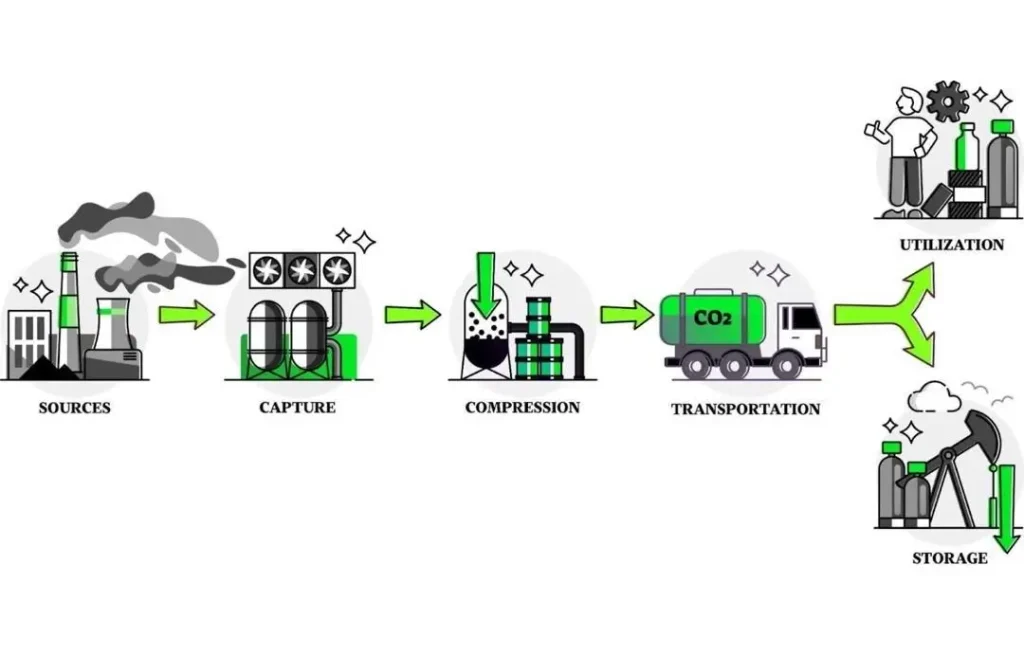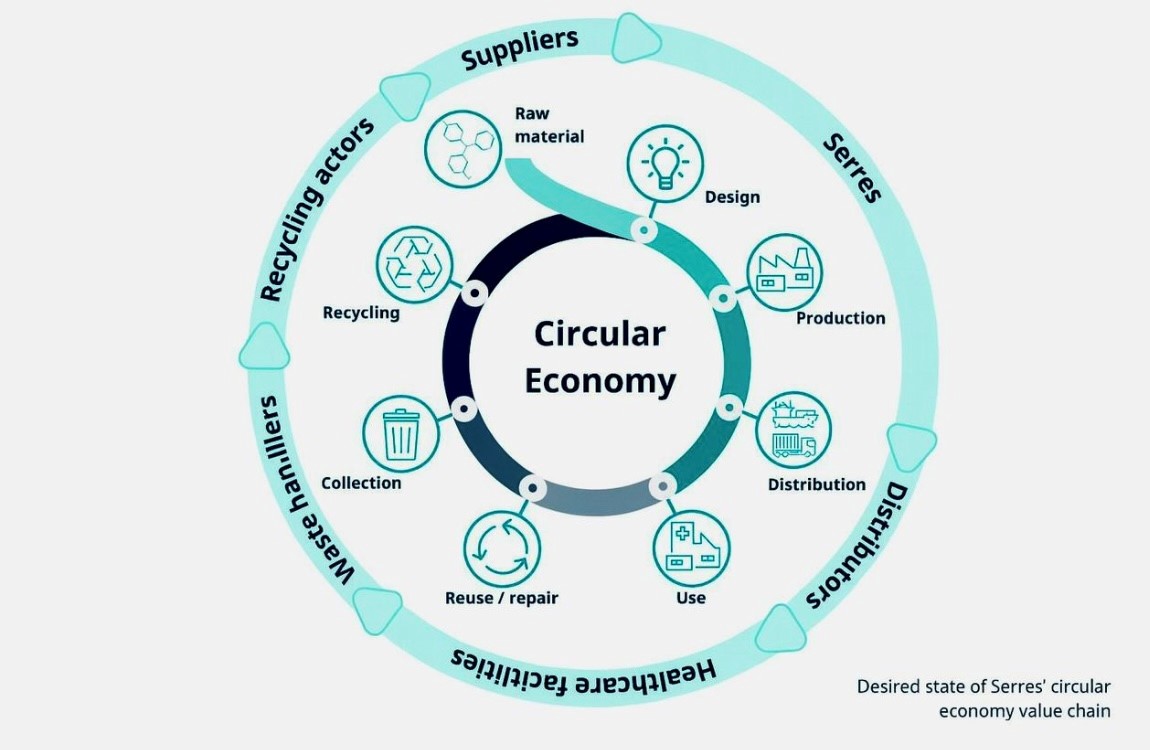The urgency of decarbonizing steel is no longer up for debate. The question now is: how fast can we do it?
With increasing regulatory pressure, market expectations, and the intensifying impacts of climate change, the global steel industry — responsible for 7–9% of global CO₂ emissions — is facing a critical turning point. One of the most widely discussed technologies in this transformation is Carbon Capture, Utilization, and Storage (CCUS).
But can CCUS truly deliver the scale of impact the steel industry needs — or is it being overhyped as a silver bullet?
What Makes CCUS Attractive in the Steel Industry?
Despite its complexity, CCUS holds real promise — especially in sectors that are hard to abate.
• Infrastructure Compatibility
CCUS can be retrofitted to existing blast furnaces, allowing manufacturers to avoid full-scale overhauls of legacy infrastructure.
• Transitional Bridge
It serves as a bridge technology, helping companies reduce emissions today while gradually transitioning to cleaner alternatives like hydrogen-based steelmaking or Electric Arc Furnaces (EAFs).
• Significant Emission Reductions (Theoretically)
When optimized, CCUS systems can reduce emissions by up to 90% — an eye-catching figure for an industry under increasing scrutiny.
The Flip Side: Risks and Limitations
As promising as CCUS sounds, its widespread implementation faces major challenges:
• High Costs
Both capital and operational costs remain prohibitively high for all but the largest industry players.
• Storage Uncertainty
Storing CO₂ underground brings unresolved concerns around long-term safety, leakage risks, and monitoring reliability.
• “License to Pollute”?
Without strict oversight, there’s a risk CCUS could be used to justify continued fossil-based production — delaying meaningful change.
Conclusion: CCUS Is Not a Silver Bullet — But It’s Still Valuable
The steel sector doesn’t need “perfect” technologies. It needs scalable, pragmatic solutions that can drive near-term impact while paving the way for longer-term transformation.
Decarbonization isn’t a single-bet strategy. It’s a diversified portfolio — and carbon capture may just be one crucial piece of that puzzle.



